Microfluidics-Enabled Immunoassay Array for Multianalyte Detection
The goal of this project is to develop thermally actuated and manufactuable microfluidic valves for a variety of applications. The valves can be integrated in a device; the actuation of valves will be controlled by a printed circuit board (PCB). The valves are expected to be useful in any system that needs flow controls and fluid metering. The project has been funded by Defense Advanced Research Projects Agency (DARPA), and a project for an immunoassay array involving a number of microvalves is currently funded by National Institute of Health (NIH). More info can be found in this link: http://www2.mae.ufl.edu/%7Ehfan/Research.html


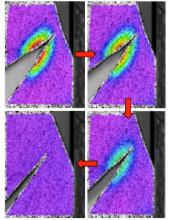
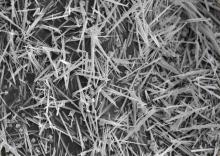
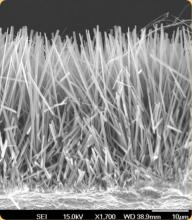
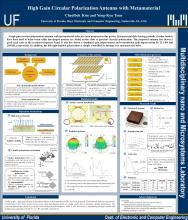
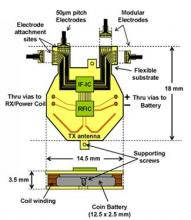
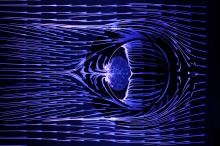
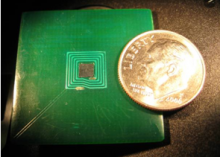
.png)